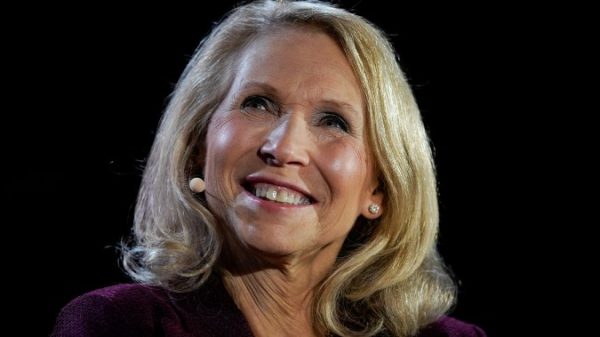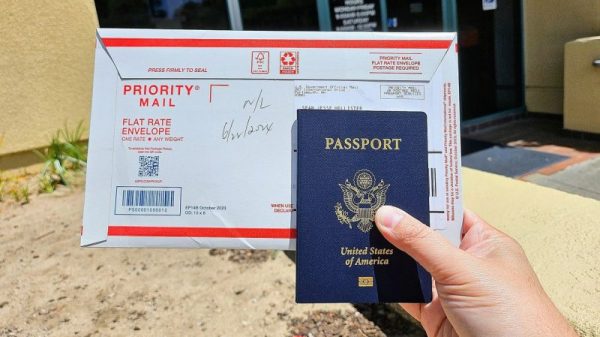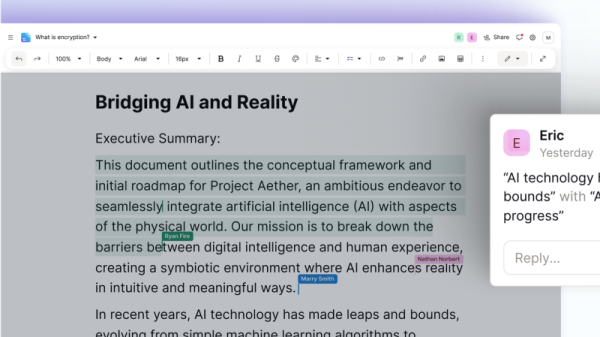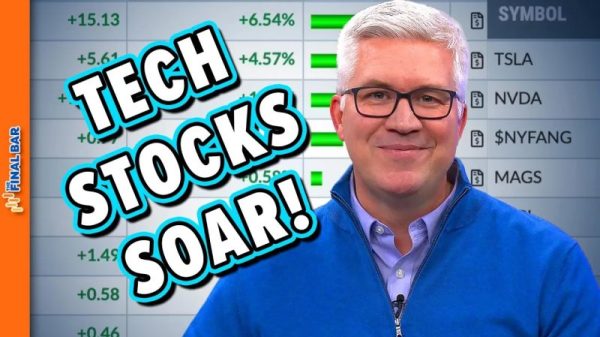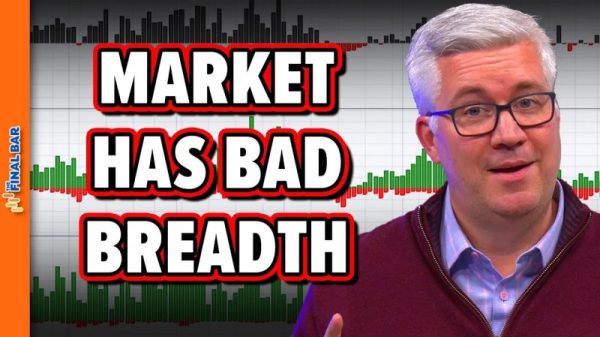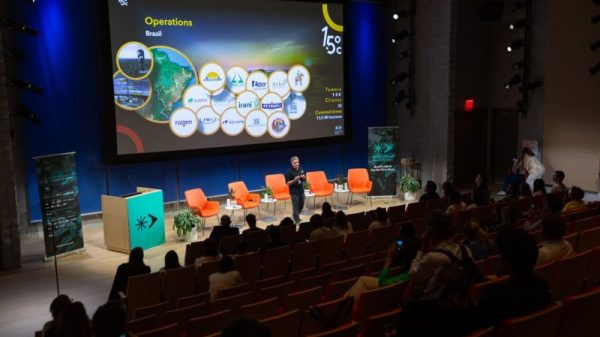During the 2020 Democratic primary, Joe Biden’s campaign had scant resources and stunted momentum as it braced for disappointing finishes in Iowa and New Hampshire. As the campaign prepared for the make-or-break moment of Super Tuesday, when 14 states would hold primaries or caucuses, a small group of staffers in the Philadelphia headquarters suggested a plan to maximize Biden’s prospects.
The strategy called for pouring resources such as ads, endorsements and media into specific congressional districts where Biden could sweep the delegate haul rather than splitting it with other candidates. The plan succeeded: On March 3, Biden won nearly 100 more delegates than Sen. Bernie Sanders (I-Vt.), catapulting him from underperformer to likely nominee.
On Monday, President Biden’s campaign elevated two of the advisers behind that strategy to top positions in his reelection effort, part of a broader effort to make data and analytics central to his push for a second term.
Becca Siegel, who served as chief analytics officer for the 2020 campaign, was named a senior adviser to lead those efforts, and Meg Schwenzfeier, who was the data science director, will serve as chief analytics officer.
Political campaigns have increasingly employed data scientists and engineers to better understand the electorate and inform decisions on where to spend time and money. The Biden campaign says those efforts will be turbocharged this cycle, becoming central to how the campaign targets and connects with voters over the next 16 months.
As software programs become smarter and more powerful, they are increasingly able to provide nuanced profiles of specific groups. And technology provides a growing number of ways to contact them.
“The reason that I’m excited about our roles, and the role of data and analytics and strategy generally this time, is that there are just more options for how we reach people,” said Siegel, who joined the White House after the 2020 campaign to work on covid response. “To keep them all organized and in alignment with our strategy requires more support and more leadership as these options grow and change.”
The Biden team’s emphasis on these efforts is underscored by the fact that Siegel and Schwenzfeier are among the first staffers to be hired by the campaign, which is trying to run a lean operation as long as possible.
Siegel said the team will research how and where people get their information, then tailor its messages to particular kinds of voters. The campaign will determine whether to reach out to them through direct mail, television spots, digital ads or in-person door knocking. And it will decide who would make the best messengers in each case — elected officials, celebrities, community leaders or friends and family.
“The work of persuading voters and turning out voters is everlasting,” Siegel said. “It goes on at all times. From the day the election is over in 2020 to now, there’s work to be done.”
And data findings can lead to strategy. On Super Tuesday 2020, the innovation of the data team was to focus on congressional districts that award delegates on a winner-take-all basis, maximizing the impact of even a small Biden win.
Schwenzfeier oversaw data and analytics for the Democratic Senatorial Campaign Committee during the 2022 midterms, when Democrats expanded their Senate majority, and said one of the biggest challenges for campaigns is keeping up with Americans’ ever-changing media habits.
“I think the way that Becca and I are thinking about it is not in terms of any one tool or platform, but making sure that the way that we’re talking to voters across platforms and across tools is coherent, and then keeping track of all of that and making sure that we understand where we’re meeting voters and who we still need to talk to,” she said.
That, Schwenzfeier added, is “a huge logistical and infrastructure undertaking.”
Julie Chavez Rodriguez, Biden’s campaign manager, said integrating data and research into the campaign’s overall strategy will be a priority, calling Siegel and Schwenzfeier “two of the brightest minds in the Democratic Party.”
“Both Becca and Meg were instrumental in President Biden and Vice President Harris’ 2020 victory, presenting a clear and accurate picture of the electorate and getting it right when it mattered most,” she said in a statement. “With their leadership, our campaign will use data to take a holistic view of all the ways we are interacting and communicating with voters, to ensure we’re reaching the right people in the right ways to win in 2024.”
Siegel and Schwenzfeier will join only a handful of staffers working directly on Biden’s campaign at this point. Since it launched in April, the campaign has only built a skeletal staff, part of a strategy to rely heavily on the Democratic National Committee, state parties and outside groups. The goal is to save money by taking advantage of changes in campaign finance rules.
The Biden campaign has been operating out of the DNC’s offices in Washington, but some staffers will soon begin to work out of a campaign headquarters in Wilmington, Del.
“We don’t believe that data can answer every single question or solve every problem or make every decision for a campaign,” Siegel said. “It’s more we want to use it to the best of its abilities and inject it into all the places where we can use it and make sure that people have the very best information possible when they are making strategic campaign decisions.”
During the 2020 Democratic primary, Joe Biden’s campaign had scant resources and stunted momentum as it braced for disappointing finishes in Iowa and New Hampshire. As the campaign prepared for the make-or-break moment of Super Tuesday, when 14 states would hold primaries or caucuses, a small group of staffers in the Philadelphia headquarters suggested a plan to maximize Biden’s prospects.
The strategy called for pouring resources such as ads, endorsements and media into specific congressional districts where Biden could sweep the delegate haul rather than splitting it with other candidates. The plan succeeded: On March 3, Biden won nearly 100 more delegates than Sen. Bernie Sanders (I-Vt.), catapulting him from underperformer to likely nominee.
On Monday, President Biden’s campaign elevated two of the advisers behind that strategy to top positions in his reelection effort, part of a broader effort to make data and analytics central to his push for a second term.
Becca Siegel, who served as chief analytics officer for the 2020 campaign, was named a senior adviser to lead those efforts, and Meg Schwenzfeier, who was the data science director, will serve as chief analytics officer.
Political campaigns have increasingly employed data scientists and engineers to better understand the electorate and inform decisions on where to spend time and money. The Biden campaign says those efforts will be turbocharged this cycle, becoming central to how the campaign targets and connects with voters over the next 16 months.
As software programs become smarter and more powerful, they are increasingly able to provide nuanced profiles of specific groups. And technology provides a growing number of ways to contact them.
“The reason that I’m excited about our roles, and the role of data and analytics and strategy generally this time, is that there are just more options for how we reach people,” said Siegel, who joined the White House after the 2020 campaign to work on covid response. “To keep them all organized and in alignment with our strategy requires more support and more leadership as these options grow and change.”
The Biden team’s emphasis on these efforts is underscored by the fact that Siegel and Schwenzfeier are among the first staffers to be hired by the campaign, which is trying to run a lean operation as long as possible.
Siegel said the team will research how and where people get their information, then tailor its messages to particular kinds of voters. The campaign will determine whether to reach out to them through direct mail, television spots, digital ads or in-person door knocking. And it will decide who would make the best messengers in each case — elected officials, celebrities, community leaders or friends and family.
“The work of persuading voters and turning out voters is everlasting,” Siegel said. “It goes on at all times. From the day the election is over in 2020 to now, there’s work to be done.”
And data findings can lead to strategy. On Super Tuesday 2020, the innovation of the data team was to focus on congressional districts that award delegates on a winner-take-all basis, maximizing the impact of even a small Biden win.
Schwenzfeier oversaw data and analytics for the Democratic Senatorial Campaign Committee during the 2022 midterms, when Democrats expanded their Senate majority, and said one of the biggest challenges for campaigns is keeping up with Americans’ ever-changing media habits.
“I think the way that Becca and I are thinking about it is not in terms of any one tool or platform, but making sure that the way that we’re talking to voters across platforms and across tools is coherent, and then keeping track of all of that and making sure that we understand where we’re meeting voters and who we still need to talk to,” she said.
That, Schwenzfeier added, is “a huge logistical and infrastructure undertaking.”
Julie Chavez Rodriguez, Biden’s campaign manager, said integrating data and research into the campaign’s overall strategy will be a priority, calling Siegel and Schwenzfeier “two of the brightest minds in the Democratic Party.”
“Both Becca and Meg were instrumental in President Biden and Vice President Harris’ 2020 victory, presenting a clear and accurate picture of the electorate and getting it right when it mattered most,” she said in a statement. “With their leadership, our campaign will use data to take a holistic view of all the ways we are interacting and communicating with voters, to ensure we’re reaching the right people in the right ways to win in 2024.”
Siegel and Schwenzfeier will join only a handful of staffers working directly on Biden’s campaign at this point. Since it launched in April, the campaign has only built a skeletal staff, part of a strategy to rely heavily on the Democratic National Committee, state parties and outside groups. The goal is to save money by taking advantage of changes in campaign finance rules.
The Biden campaign has been operating out of the DNC’s offices in Washington, but some staffers will soon begin to work out of a campaign headquarters in Wilmington, Del.
“We don’t believe that data can answer every single question or solve every problem or make every decision for a campaign,” Siegel said. “It’s more we want to use it to the best of its abilities and inject it into all the places where we can use it and make sure that people have the very best information possible when they are making strategic campaign decisions.”





